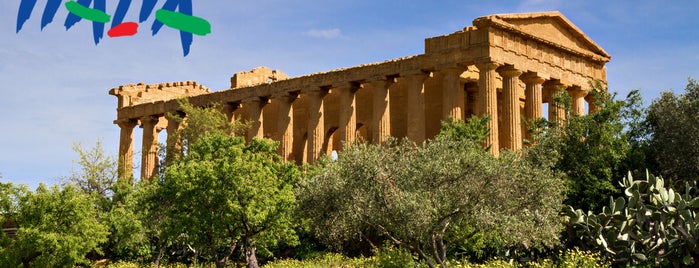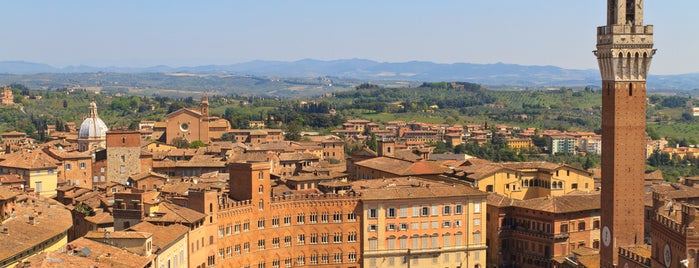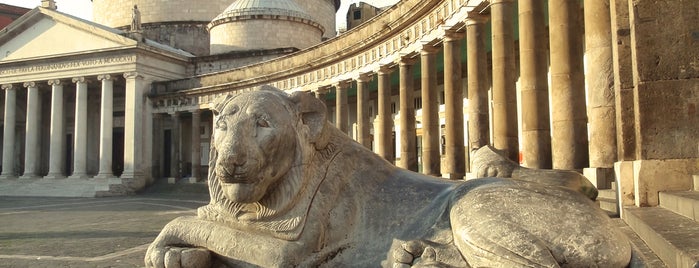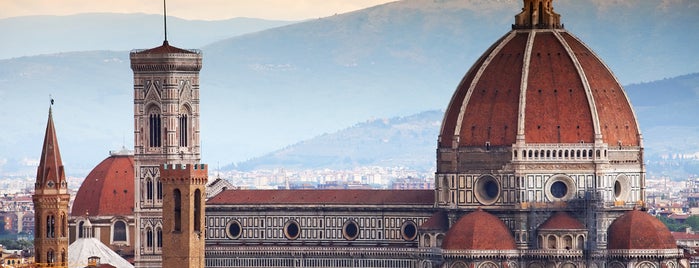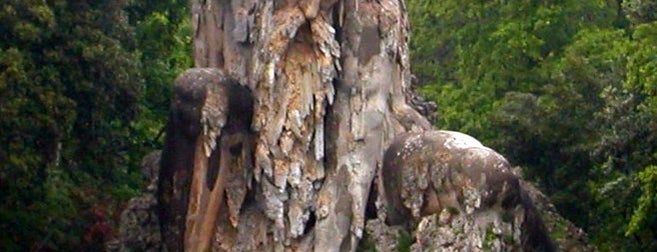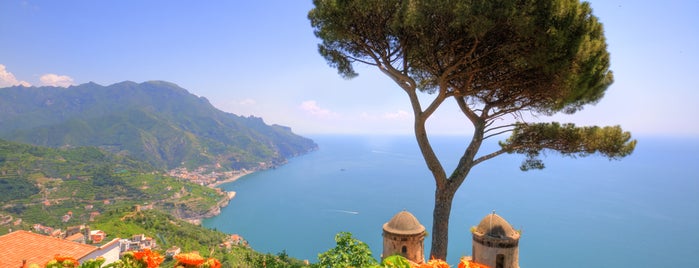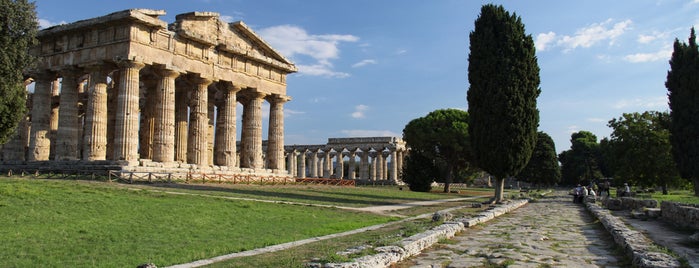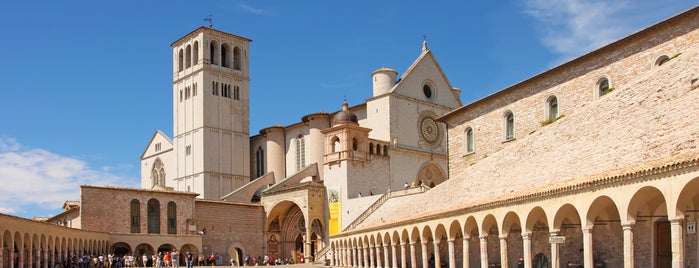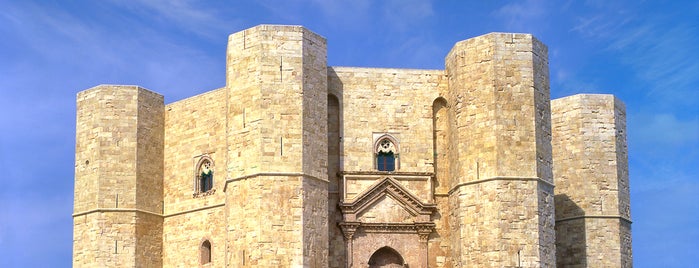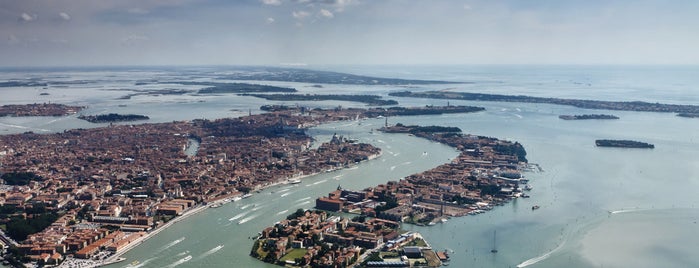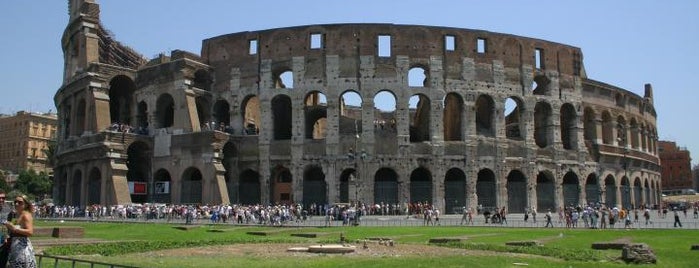![]() Scilla offre una delle vedute più belle d'Italia. Questo paese di pescatori, reso celebre da Omero e Virgilio, è apprezzato dai turisti qui possono assistere alla caratteristica pesca del pesce spada. Read more.
Scilla offre una delle vedute più belle d'Italia. Questo paese di pescatori, reso celebre da Omero e Virgilio, è apprezzato dai turisti qui possono assistere alla caratteristica pesca del pesce spada. Read more.
![]() Dal piacere della storia a quello della natura: Bagnara Calabra sorge tra le colline a strapiombo sul mare, incastonata tra i vigneti e con una visione di un fascino unico sulle Eolie e sullo Stretto. Read more.
Dal piacere della storia a quello della natura: Bagnara Calabra sorge tra le colline a strapiombo sul mare, incastonata tra i vigneti e con una visione di un fascino unico sulle Eolie e sullo Stretto. Read more.
![]() Il promontorio di Capo Vaticano offre spiagge tra le migliori al mondo. Gli splendidi e ricchi fondali e le caratteristiche baie lo rendono una vera e propria attrattiva. Read more.
Il promontorio di Capo Vaticano offre spiagge tra le migliori al mondo. Gli splendidi e ricchi fondali e le caratteristiche baie lo rendono una vera e propria attrattiva. Read more.
![]() Mare cristallino, un paese caratteristico, un panorama mozzafiato sulle Eolie, questi i tratti essenziali di Tropea,conosciuta e apprezzata anche per la sagra del pesce azzurro e della cipolla rossa. Read more.
Mare cristallino, un paese caratteristico, un panorama mozzafiato sulle Eolie, questi i tratti essenziali di Tropea,conosciuta e apprezzata anche per la sagra del pesce azzurro e della cipolla rossa. Read more.
![]() Inserita nel parco Nazionale del Pollino, Praia a Mare (sulla Riviera dei Cedri) con le sue splendide spiagge di sabbia scura è una delle località turistiche più conosciute della regione Read more.
Inserita nel parco Nazionale del Pollino, Praia a Mare (sulla Riviera dei Cedri) con le sue splendide spiagge di sabbia scura è una delle località turistiche più conosciute della regione Read more.
![]() An exceptional historic testimony to Magna Graecia’s presence in this area, as well as to subsequent epochs, the archaeological was inserted onto the UNESCO World Heritage List in 1997. Read more.
An exceptional historic testimony to Magna Graecia’s presence in this area, as well as to subsequent epochs, the archaeological was inserted onto the UNESCO World Heritage List in 1997. Read more.
![]() Syracuse conserves ancient vestiges in every niche and corner, from Classical testimonies to Baroque splendors. Not far from Syracuse, situated near open quarries is the cave necropolis of Pantalica Read more.
Syracuse conserves ancient vestiges in every niche and corner, from Classical testimonies to Baroque splendors. Not far from Syracuse, situated near open quarries is the cave necropolis of Pantalica Read more.
![]() Historic, spectacular, multi-colored borgoes overlooking the Mediterranean Sea, nestled between rocky reliefs and steep cliffs that are a sheer drop away from the coast: this is the Cinque Terre Read more.
Historic, spectacular, multi-colored borgoes overlooking the Mediterranean Sea, nestled between rocky reliefs and steep cliffs that are a sheer drop away from the coast: this is the Cinque Terre Read more.
![]() The historic center of Rome and the Holy See (including the Vatican and the Basilica of St. Paul Outside the Walls) make up one of the 49 Italian sites inserted in UNESCO’s World Heritage List. Read more.
The historic center of Rome and the Holy See (including the Vatican and the Basilica of St. Paul Outside the Walls) make up one of the 49 Italian sites inserted in UNESCO’s World Heritage List. Read more.
![]() The Piazza dei Miracoli or Piazza of Miracles, as it was nicknamed, set over an ample green field, hosts four whiter-than-white masterpieces of grandiose Medieval art Read more.
The Piazza dei Miracoli or Piazza of Miracles, as it was nicknamed, set over an ample green field, hosts four whiter-than-white masterpieces of grandiose Medieval art Read more.
![]() Val d'Orcia fuses art, landscape and ecosystem in one geographical space, and is the expression of a series of marvelous natural characteristics. Read more.
Val d'Orcia fuses art, landscape and ecosystem in one geographical space, and is the expression of a series of marvelous natural characteristics. Read more.
![]() Siena, city of art, city of culture, city of the Palio, university city and city of excellent cuisine – no doubt that this gorgeous town is a multi-faceted one. Read more.
Siena, city of art, city of culture, city of the Palio, university city and city of excellent cuisine – no doubt that this gorgeous town is a multi-faceted one. Read more.
![]() Villa d’Este’s concentration of fountains, grottoes and water installations represented a model emulated in gardens throughout Europe, specifically those done in the Mannerist and Baroque styles. Read more.
Villa d’Este’s concentration of fountains, grottoes and water installations represented a model emulated in gardens throughout Europe, specifically those done in the Mannerist and Baroque styles. Read more.
![]() The historic centre represents the first application of the Renaissance humanist concept of urban design. Pienza has a key role in the development of the concept of the planned 'ideal town' Read more.
The historic centre represents the first application of the Renaissance humanist concept of urban design. Pienza has a key role in the development of the concept of the planned 'ideal town' Read more.
![]() Visiting Naples's historic center means traveling through twenty centuries of history. Its streets, piazzas, churches, monuments and castles constitute a jewel box of exceptional importance Read more.
Visiting Naples's historic center means traveling through twenty centuries of history. Its streets, piazzas, churches, monuments and castles constitute a jewel box of exceptional importance Read more.
![]() Its historic center is a living archive of both European and Italian culture, composed of properties that earned Florence’s nomination as one of the very first Italian UNESCO W.H.S., in 1982. Read more.
Its historic center is a living archive of both European and Italian culture, composed of properties that earned Florence’s nomination as one of the very first Italian UNESCO W.H.S., in 1982. Read more.
![]() 12 villas and two gardens make up the UNESCO Site The Medici Villas bear testimony to the influence the Medici Family exerted over modern European culture through its patronage of the arts. Read more.
12 villas and two gardens make up the UNESCO Site The Medici Villas bear testimony to the influence the Medici Family exerted over modern European culture through its patronage of the arts. Read more.
![]() Set in a unique environment, it is an exemplar of a Mediterranean landscape and of enormous cultural and natural value due to its topographical characteristics, as well as its historical evolution. Read more.
Set in a unique environment, it is an exemplar of a Mediterranean landscape and of enormous cultural and natural value due to its topographical characteristics, as well as its historical evolution. Read more.
![]() Commissioned by Charles III of Bourbon in the 1700s, Luigi Vanvitelli planned this palace, a triumph of the Italian Baroque and one of the most famous and important works by the Neapolitan architect. Read more.
Commissioned by Charles III of Bourbon in the 1700s, Luigi Vanvitelli planned this palace, a triumph of the Italian Baroque and one of the most famous and important works by the Neapolitan architect. Read more.
![]() Cilento, terrain in the Region of Campania marked by gently-rolling hills covered in olive trees that see their reflection in the blue of the Tyrhennian, is pure magic! Read more.
Cilento, terrain in the Region of Campania marked by gently-rolling hills covered in olive trees that see their reflection in the blue of the Tyrhennian, is pure magic! Read more.
![]() According to the UNESCO, Assisi constitutes a singular model of continuous history that is intertwined with this city-sanctuary's cultural and territorial identity. UNESCO site since 2000 Read more.
According to the UNESCO, Assisi constitutes a singular model of continuous history that is intertwined with this city-sanctuary's cultural and territorial identity. UNESCO site since 2000 Read more.
![]() Mantua and Sabbioneta, in the Po valley, represents two aspects of Renaissance town planning. The two cities are associated for the significant bequest left to them by the noble Gonzaga Family Read more.
Mantua and Sabbioneta, in the Po valley, represents two aspects of Renaissance town planning. The two cities are associated for the significant bequest left to them by the noble Gonzaga Family Read more.
![]() 2,000 years of history encased in an expanse of 77 sq. mi.: this is Verona, site of a completely harmonious integration of the finest of artistic elements from several diverse historical epochs. Read more.
2,000 years of history encased in an expanse of 77 sq. mi.: this is Verona, site of a completely harmonious integration of the finest of artistic elements from several diverse historical epochs. Read more.
![]() Commissioned by Frederick II of Swabia in the 13th Century, the Castle is a massive and dominating octagonal structure that sits on a small stretch of the Murge plateau in Apulia. Read more.
Commissioned by Frederick II of Swabia in the 13th Century, the Castle is a massive and dominating octagonal structure that sits on a small stretch of the Murge plateau in Apulia. Read more.
![]() Venice is an open-air museum that seems to float on its lagoon. Celebrated throughout the world for its singular beauty, Venice and its lagoon were added to the list of UNESCO W.H.S. in 1987. Read more.
Venice is an open-air museum that seems to float on its lagoon. Celebrated throughout the world for its singular beauty, Venice and its lagoon were added to the list of UNESCO W.H.S. in 1987. Read more.
![]() Entrance: escort required - No steps to enter the internal courtyard of the building - Lift available and accessible - The gallery is fully accessible - The toilet is before the Epoca Umbertina room Read more.
Entrance: escort required - No steps to enter the internal courtyard of the building - Lift available and accessible - The gallery is fully accessible - The toilet is before the Epoca Umbertina room Read more.
![]() Accessible entrance at Lungarno Anna Maria Luisa de’ Medici 2 (operator required through the intercom). The museum is fully accessible. Persons with visual impairment can experience a tactile section Read more.
Accessible entrance at Lungarno Anna Maria Luisa de’ Medici 2 (operator required through the intercom). The museum is fully accessible. Persons with visual impairment can experience a tactile section Read more.
![]() chi ama la natura deve salire sul monte Solaro (589 metri), in seggiovia o a piedi attraverso una mulattiera: qui è possibile visitare anche i resti del Fortino di Bruto (primi '800). Read more.
chi ama la natura deve salire sul monte Solaro (589 metri), in seggiovia o a piedi attraverso una mulattiera: qui è possibile visitare anche i resti del Fortino di Bruto (primi '800). Read more.
![]() I Faraglioni di Capri, conosciuti in tutto il mondo, sono tre picchi rocciosi sopravvissuti all'erosione della costa circostante. È possibile raggiungerli da terra oppure in barca Read more.
I Faraglioni di Capri, conosciuti in tutto il mondo, sono tre picchi rocciosi sopravvissuti all'erosione della costa circostante. È possibile raggiungerli da terra oppure in barca Read more.
![]() No parking available - No parking available - Entrance: Uncovered, escort required - There are no facilities for the visually impaired - WC accessible. Telephone: +39-066819111 Read more.
No parking available - No parking available - Entrance: Uncovered, escort required - There are no facilities for the visually impaired - WC accessible. Telephone: +39-066819111 Read more.
![]() Rome was first the centre of the Roman Republic, then of the Roman Empire, and it became the capital of the Christian world in the 4th century. Rome - The Eternal City Read more.
Rome was first the centre of the Roman Republic, then of the Roman Empire, and it became the capital of the Christian world in the 4th century. Rome - The Eternal City Read more.



